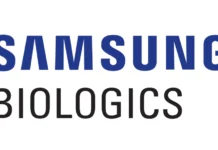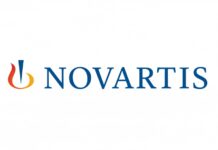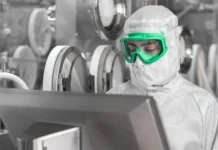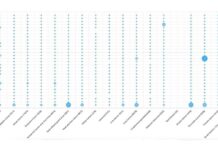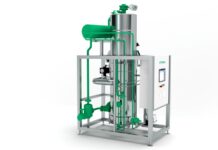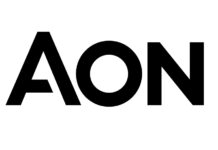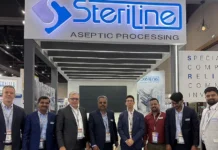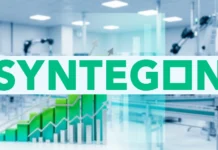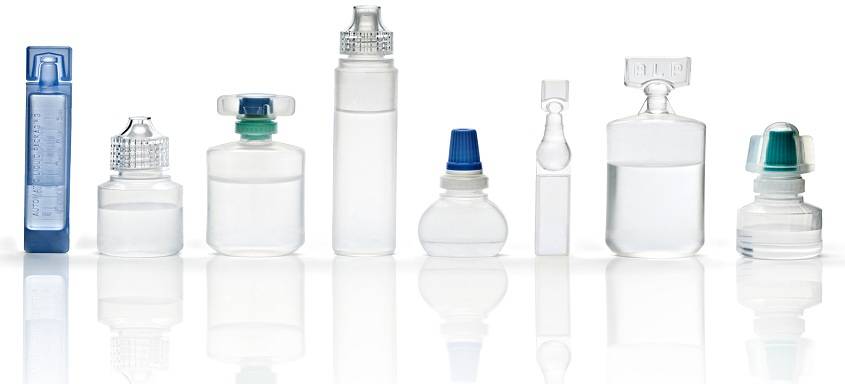Blow/Fill/Seal (BFS), Technology is not new in the sterile manufacturing of drug products, but often the true value of this automated advanced aseptic filling method is over looked.
BFS has long provided innovative primary packaging solutions for sterile respiratory and ophthalmic products, and helped these markets shift from filled glass containers to plastic.
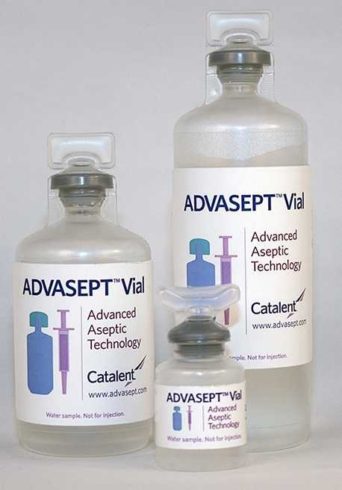 Europe and Japan, plus markets such as Asia and South America, have accepted BFS technology for parenteral packaging;however the US injectables market has been slow to adopt what the industry has deemed to be advanced aseptic1 technology. Market dynamics for global injectables have changed drastically in recent times due to challenges in sterile manufacturing and, in some instances,subsequent recalls have led to significant drug shortages in the market. This has forced the industry and regulatory agencies to explore alternative technologies to improve supply. The advanced aseptic processing of BFS drives at many of the root causes of these manufacturing issues, providing automated aseptic filling of a glass-free alternative for primary container closures.
Europe and Japan, plus markets such as Asia and South America, have accepted BFS technology for parenteral packaging;however the US injectables market has been slow to adopt what the industry has deemed to be advanced aseptic1 technology. Market dynamics for global injectables have changed drastically in recent times due to challenges in sterile manufacturing and, in some instances,subsequent recalls have led to significant drug shortages in the market. This has forced the industry and regulatory agencies to explore alternative technologies to improve supply. The advanced aseptic processing of BFS drives at many of the root causes of these manufacturing issues, providing automated aseptic filling of a glass-free alternative for primary container closures.
Typical glass vial filling lines require a significant amount of controlled and Class A space in which to contain the process and associated machinery. All contents of the filling suite must be cleaned and sterilised. This includes the vials and stoppers that must be loaded separately and undergo numerous washing and pre-treatment steps. Once filling of the vials is complete, stoppers are introduced and capped by crimping, before inspection, labelling and secondary packaging. Human intervention is necessary throughout, including while assembling the components and feeding them into the system. These steps each include delays that add up to a considerable amount of time where the open vials are exposed to the risk of potential contamination.
Contamination risks within the process are predominantly from microorganisms or particulates – either glass fragments from primary packaging or foreign objects. Human operators are typically the most likely source of contamination in an otherwise sterile environment, regardless of how careful they may be, the gowning procedures undertaken, and the training and other procedures that are in place. Again, the time during which the products are exposed to the environment, potentially for hours prior to filling, increases contamination risk.
Post-processing inspection protocols have long been relied upon by the pharmaceutical industry to identify and contain problems before products enter the market. However, as a part of the FDA’s goal of a science and risk based approach to manufacturing2 there has been significant activity in recent years to address potential problems in pharmaceutical manufacture by developing a sound, thorough knowledge of the process,and to prevent problems before they occur. These ideals are enshrined in the principles of Quality by Design (QbD).
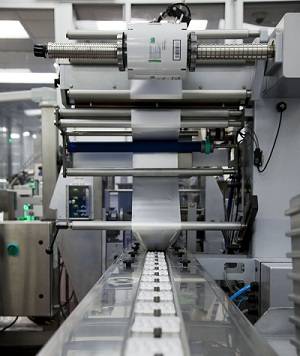 QbD introduces a systematic approach to pharmaceutical development and manufacturing,identifying and defining proactive objectives for manufacturing processes. Scientific actualities and quality risk management combine to ensure full understanding of the product and process to establish critical controls to ensure product quality. This is furthered through the International Conference on Harmonisation (ICH) Q10 Pharmaceutical Quality System Guidelines that provide for a more proactive manufacturing approach, which ultimately enables the identification and control of critical process parameters throughout the product’s lifecycle,designing out potential quality risks before issues occur, and promoting an environment for continuous improvement.
QbD introduces a systematic approach to pharmaceutical development and manufacturing,identifying and defining proactive objectives for manufacturing processes. Scientific actualities and quality risk management combine to ensure full understanding of the product and process to establish critical controls to ensure product quality. This is furthered through the International Conference on Harmonisation (ICH) Q10 Pharmaceutical Quality System Guidelines that provide for a more proactive manufacturing approach, which ultimately enables the identification and control of critical process parameters throughout the product’s lifecycle,designing out potential quality risks before issues occur, and promoting an environment for continuous improvement.
BFS is an alternative technology to traditional aseptic manufacturing, with its roots within the principles of QbD. An automated filling technique, BFS has been designated as an advanced aseptic process based on equipment design, process and operational controls. To further the knowledge and understanding of the process controls,Catalent, in collaboration with Air Dispersions Ltd., ran numerous experiments microbially challenging the system to identify critical control parameters and provide the industry with data needed to support this manufacturing process3.
Compared to the laborious, multi-step process for traditional glass vial filling, BFS technology forms, fills and seals the primary sterile container, typically in less than 15 seconds. The aseptic filling machine effectively acts like an isolator and contains the Class A filling conditions within its footprint, reducing the amount of controlled space needed and the number of process variables involved. The BFS process is sterilised in situ and the sterile boundary is not breached, virtually eliminating the risks associated with human intervention.
The BFS process starts with pellets of virgin plastic, fed into a hot melt extruder, where the polymer is melted at high temperature and pressure. This molten plastic forms tubes called parisons that are fed into the body of the BFS machine.The first stage of a two stage mould closes around the parison to form the body of the container. The body of the container then efficiently dissipates the heat and takes form, while the top of the container remains molten. The seal mould then enters the Class A fill zone and nozzles fill the newly formed body of the vial with product. Then,depending on the container design,any stoppers are inserted via vacuum tubes, and the container is sealed in seconds.
The harsh, physical conditions under which the resin is processed effectively inactivates any potential microbial contamination, and the container’s exposureto the Class A environment is only for a few seconds, significantly reducing the risk of ingress of foreign particle contaminants. Comparing the process to filling glass vials, the minimisation of risks becomes clearly apparent.
When measuring foreign particulates, BFS has shown it can provide a drastic reduction compared to both industry standards measured by USP <788>4 and the reported industry average. In 2004, a study was published4 indicating that the acceptable levels within USP <788> were too high and needed to be tightened. It reviewed 406 drug lots across 295 ANDAs, and the average numbers across these lots were 219 particles greater than 10µm, and 15 greater than 25µm.This is in contrast to Catalent’s patent-pending BFS ADVASEPT™technology. When an experiment was conducted to review the specific processing conditions within its BFS process, it reviewed 32 different conditions within the process and yielded an average of 5.0 particles greater than 10µm, and just 0.9 greater than 25µm, under the same UDP 788 testing, representing a reduction in the averages of more than 95% in foreign particulates.
Catalent has used BFS for formulations ranging from simple solutions to emulsions, and for active molecules from small to large complex macromolecules including biologics. ADVASEPT has been developed and optimised specifically for the manufacture of sterile injectable products. The technology allows for customisation of mould designs that support anti-counterfeiting measures and stopper / sealer options. The latest version, ADVASEPT LOCK, incorporatesa Luer Lock type connection, combining the safety benefits of aseptic filling with a convenient closure that eliminates the requirement of needles and potential sharps injuries associated with glass ampoules.
With the increasing number of biological drugs, stability of products is paramount to ensure quality standards. ADVASEPT moulds can be customised to reduce head-space within the container, potentially lessening the effect of agitation on the product – reducing the risk of protein degradation.
Catalent has undertaken extensive research into the stability of biologics undergoing BFS, to study any potential compatibility issues that the process may have on the molecule or differences in the BFS container compared to glass. A comprehensive study was conducted using a model monoclonal antibody formulation within its ADVASEPT process, with glass vials with uncoated stoppers used as controls.Several parameters of amonoclonal antibody’s-physical properties, as well as stability, potency, and observable leachables were testedand measured over a 9 month period.Stability data such as aggregation, chemical degradation, affinity and leachables indicated no significant differences between glass and ADVASEPT container systems. While it is difficult to extrapolate from protein to protein, the study demonstrated that BFS is a viable and cost effective method to produce aseptically filled biologic formulations.
BFS has been designed to offer significant advantages in the provision of a high level of sterility assurance.It has been studied intensively over decades, and as the foundations of QbD require, the critical control parameters have been identified, defined and optimised.
Ultimately, the advanced aseptic processing of BFS drives to eliminate the root cause of contamination issues that are being seen in the injectables market today.By reducing the number of variables and eliminating human intervention, it creates the possibility of a more robust supply of products based on the reduction of risk in the manufacturing process.The FDA and industry acknowledge the advanced aseptic nature of BFS, and there is a growing amount of data to support its safety and reliability. Replacing old-fashioned glass vial filling with this technology has the potential to improve product safety and enhance the reliability of supply and benefit drug developers, manufacturers, practitioners, and most importantly, patients.
References
1 United States Pharmacopeial Convention. (2014). General Chapter <1116>, Microbiological Control and Monitoring of Aseptic Processing Environments. In USP 37, pp. 931-942.
2 Food and Drug Administration. (2004). Pharmaceutical cGMPs for the 21st Century-A Risk Based Approach
3 Leo, F., Poison, P., Sinclair, C.S., &Tallentire, A. (2005). Impact of Blow/Fill/Seal Process Variables in Determining Rate of Vial Contamination by Air Dispersed Microorganisms PDA Journal of Parenteral Science and Technology, September- October 2005
4 United States Pharmacopeial Convention. (2014).General Chapter <788>, Particulate Matter in Injections. In USP 37, pp. 398-401



